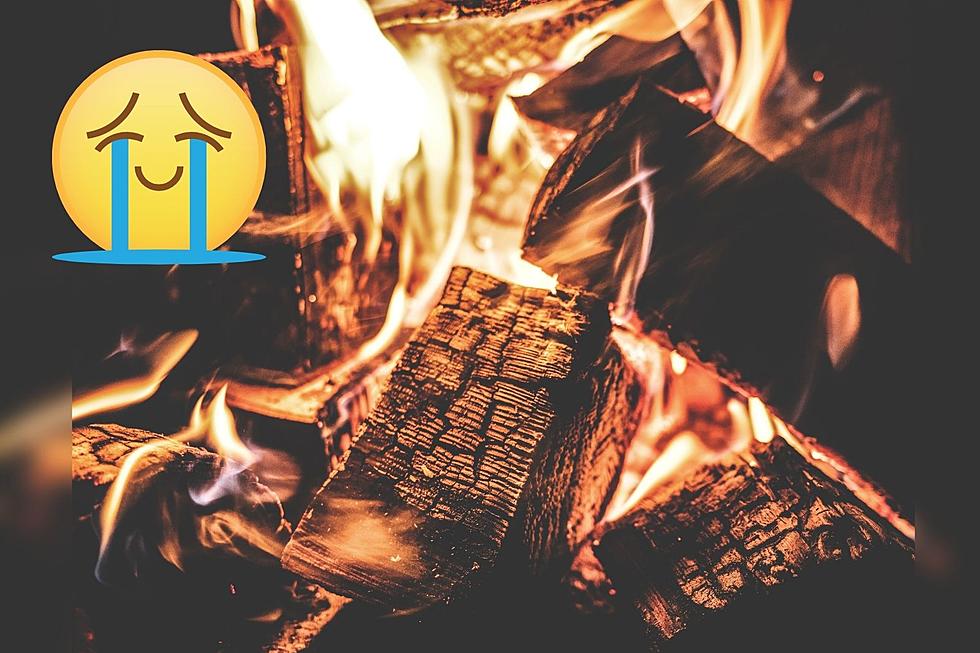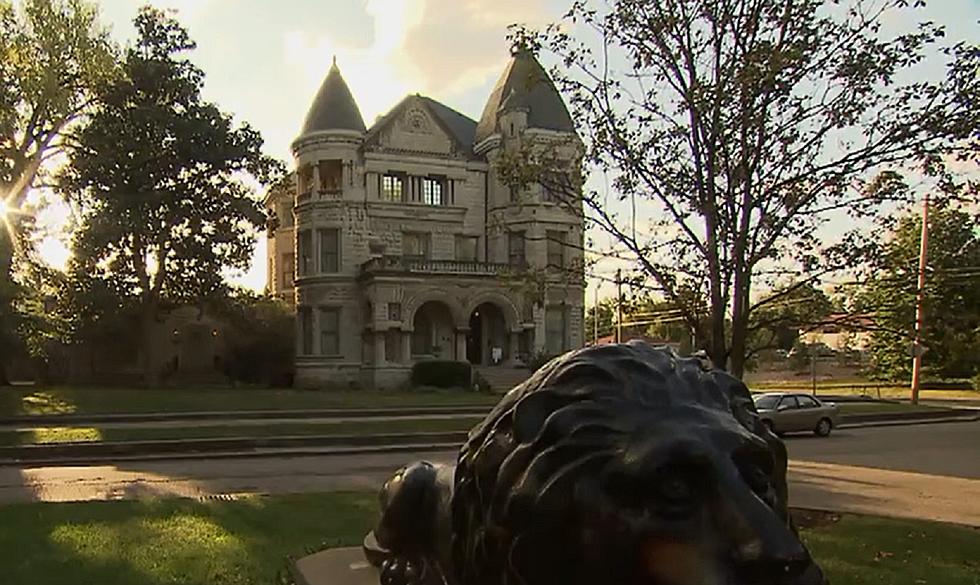
No Bones About It – Indiana Now Has an Official State Fossil Thanks to New Law
Like most states, our home of Indiana has a number of official state symbols. Each of which is designed to reflect a piece of our history or something unique to the state. Thanks to Governor Eric Holcomb earlier this week, we can now add another symbol to that list — the official state fossil.
What Are the State Symbols of Indiana?
A few of our state symbols are pretty well known if you've lived in here your entire life or have lived here for a good chunk of it, chances are you know a few of them. It's a list that includes:
The Official State Bird - Cardinal
The Official State Flower - Peony
The Official State River - Wabash
We also have the official state song, "On the Banks of the Wabash, Far Away," written by Paul Dresser in 1897...
...the official state motto, "The Crossroads of America," and the one we all know, but none of us have any idea exactly what it means, our official state nickname, "The Hoosier State."
The list grew quite a bit larger (figuratively speaking) recently with the addition of the official state fossil. According to WSCH in Lawrenceburg, House Bill 1013 was one of several bills signed into law by Governor Eric Holcomb on Monday. The bill, authored by State Representative Randy Frye of Greensburg designates the mastodon as the state's official fossil.
History of the Mastadon in Indiana
The bill lays out the following reasons why the remains of the mighty mastodon (not to be confused with a wooly mammoth, who, despite its similar appearance, was a different creature) should be, and now is, known as the official fossil:
- The remains of approximately 300 mastodons have been found in the State of Indiana.
- Remains of mastodons have been found all across the state in almost all 92 counties.
- Remains of mastodons have primarily been found in central and northern Indiana.
- The mastodon is an ancient member of the elephant family that scientists believe roamed North America, Europe, and Asia before becoming extinct more than 10,000 years ago.
- As recently as 2019, the remains of a mastodon were found near Seymour in a farm field where workers were installing a new sewer system.
The bill goes on to provide additional details on the gender of the remains found in 2019, how old experts believe it to be, and how big they estimate it was. You can read it in its entirety HERE.
Now that you know this interesting bit of information, be sure to share it with your friends. And, bookmark this page so you can show them when they don't believe you.
[Source: WSCH / IN.gov / LegiScan / Wikipedia]
SEE: 11 Unique Attractions You'll Only Find in Indiana
40 Real Indiana Towns with Quirky, Weird, and Funny Names
More From WOMI-AM









